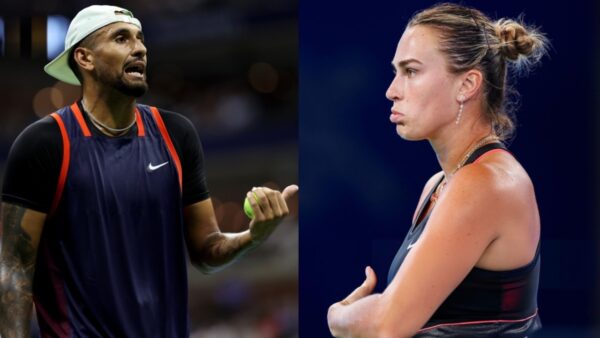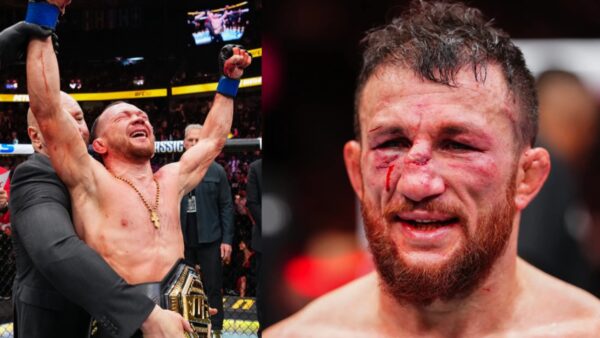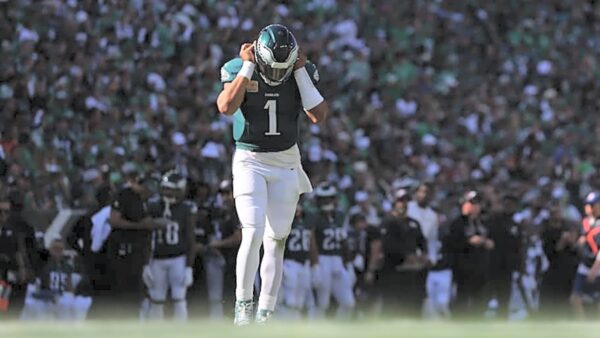Novak Djokovic and the xenophobic underbelly of the tennis world
Novak Djokovic's journey highlights the intersection of exceptional talent, polarizing controversies, and deeply entrenched biases in tennis.
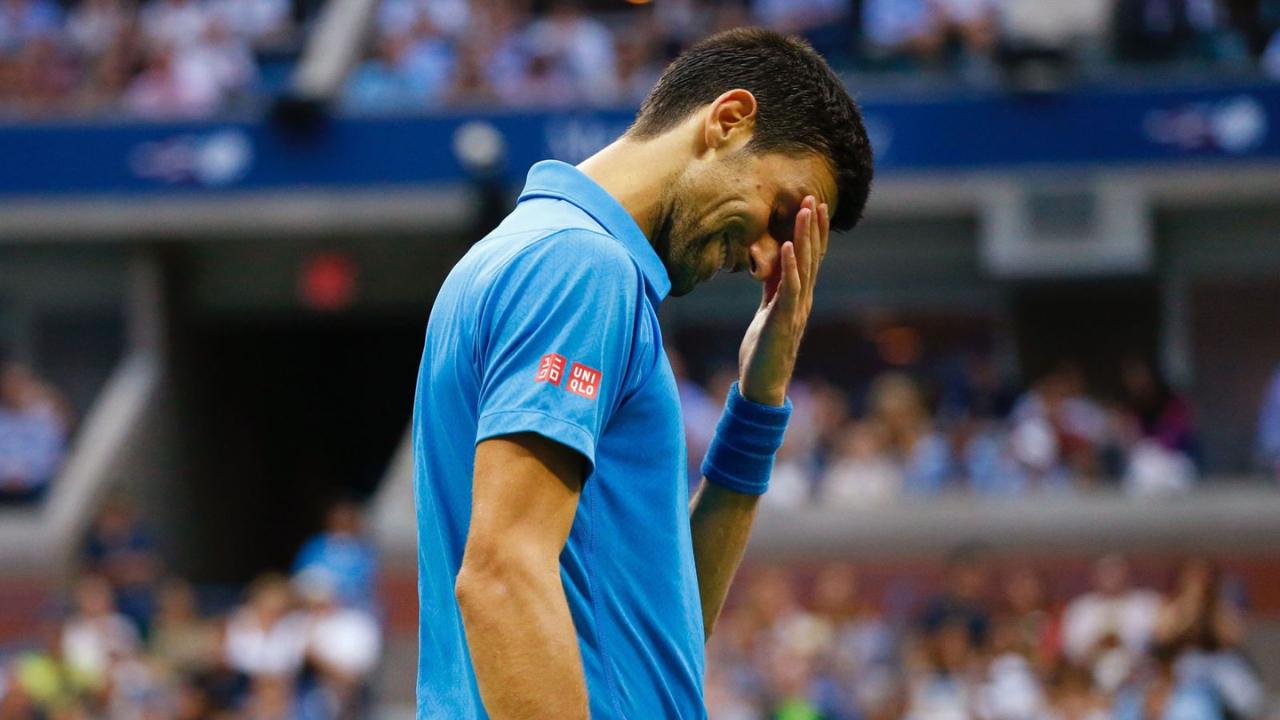
Novak Djokovic (Image via ATP/X)
🔍 Explore this post with:
On Friday afternoon, 24-time Grand Slam champion and 10-time Australian Open champion Novak Djokovic, at the age of 37, was forced to retire from his semi-final match against Alexander Zverev on Rod Laver arena following an injury he picked up during his quarterfinal match against World No. 3, Carlos Alcaraz. This was only the third time since 2015 that Djokovic retired from a match. And yet, the packed crowd in Melbourne Park booed their greatest champion off the court.
Picture Roger Federer being booed off Wimbledon Centre court, or Rafael Nadal being booed of Court Philippe-Chatrier in Roland Garros, and the magnitude of what happened begins to dawn on you.
From the moment he showed signs of injury during his quarterfinal match, pundits, commentators and trolls began casting doubts on whether he was faking it. “This isn’t the first time we’ve seen this routine. Don’t be fooled,” John McEnroe yelled at Alcaraz, on his live commentary for ESPN.
After losing the third set, Alcaraz at one point even clutched at his leg and appeared to limp around for a brief while during the changeover, in “apparent mockery”, as one news outlet put it, of Djokovic’s condition. James Blake, and even Boris Becker, appeared to cast doubts on Djokovic’s injury at the time, although Becker has since said his comments were misinterpreted.
A champion booed off his court
Djokovic did not appear for his scheduled practice sessions for the next two days, and walked on to Rod Laver Arena on Friday for his semi-final match, his left leg heavily bandaged. After a thrilling 81 minute set that he barely lost in the tie-breaker, the great champion retired, saying he simply could not play through the pain.
As he walked off the court, he turned around for a moment, held both his hands up in a mocking thumbs up to the booing spectators, and headed out. “I try to understand them,” he said of his relationship with the spectators at Melbourne Park, “but I’m not sure whether they understand me, or if they even want to understand me.”
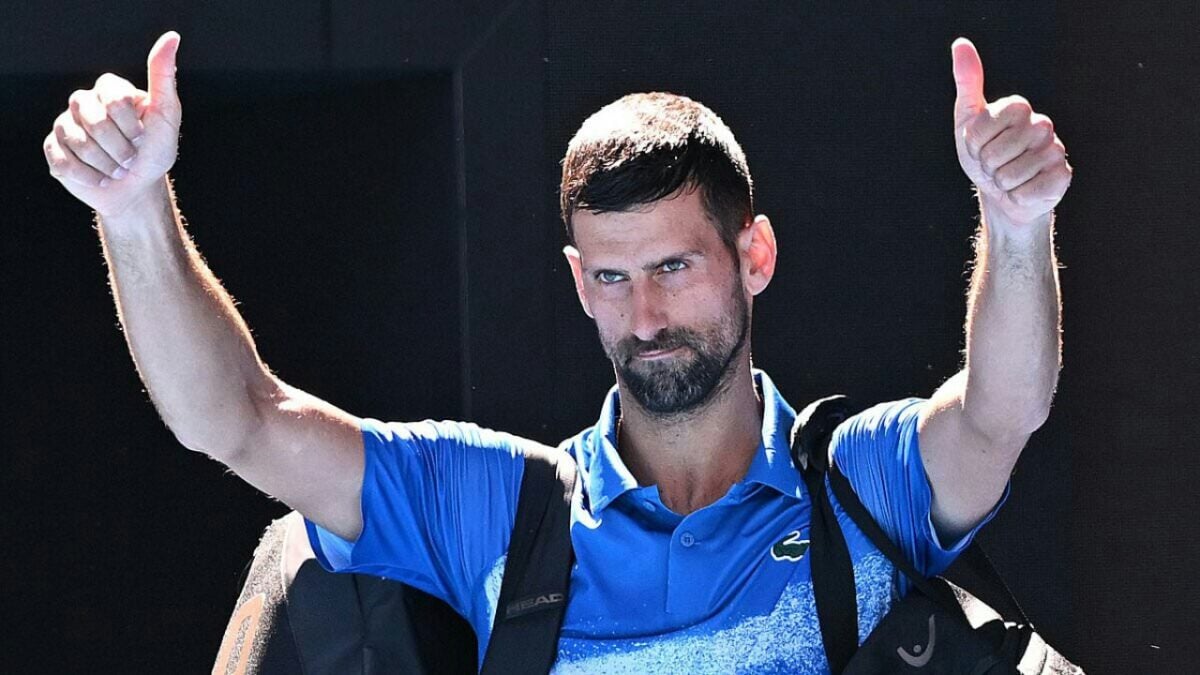
The many pundits and commentators who called him out earlier for faking his injury, without a hint of irony, sanctimoniously reprimanded the crowd for their behavior toward Djokovic. Two days later, Djokovic, for the first time in his career, hit back at this two-faced ecosystem by posting an MRI of his injury for the benefit of the “sports injury experts out there”.
Djokovic’s association with the Australian Open has not always been smooth. Most famously, in 2022 during the COVID pandemic, he was deported from the country for entering unvaccinated, although bafflingly, it was officials from Australia who initially cleared his entry in the first place on the basis of a medical exemption!
Thought I’d leave this here for all the sports injury “experts” out there. pic.twitter.com/ZO5mBtw9zB
— Novak Djokovic (@DjokerNole) January 25, 2025
Nole was almost immediately placed in immigration detention which houses other illegal immigrants and asylum seekers in shockingly inhuman conditions including being shackled when moving from one part of the facility to another, requiring permission to use the bathroom, and the provision of such low calorific (and sometimes maggot infested) intake, that activists call it conditions of near starvation.
This year, he finally spoke up about the trauma that experience caused him, and even revealed that when he finally managed to return to Serbia following his detention, there were alarmingly high levels of lead and mercury in his system.
The double standards of tennis stardom
What do we make of this? Let’s look at the broader picture for a minute. The prevalence of racism is widespread in the tennis world and has been written about to a limited, if shallow, degree.
The latest incident occurred a couple of days ago at the Australian Open. Following his quarterfinal defeat of Gael Monfils, a French tennis veteran of Guadeloupian and Martiniquian heritage, American Ben Shelton (who is biracial) was asked during his on-court interview, – “On Gael…what does he mean to you? Well, he’s your dad. Not really.” When Ben shot back, “Is that a Black joke?”, the interviewer’s blubbering and tone-deaf response was, “I’m not sure, let’s not go there!”
While racism (the author uses this term exclusively to refer to BIPOC discrimination) in the tennis world has at least to some extent been exposed, xenophobia (here it refers to discrimination that occurs particularly within the largely ‘White’ tennis population) within the tennis ecosystem is relatively unspoken, perhaps because it is more difficult to trace out and discern.
When it comes to Novak Djokovic, any discussion on racism or xenophobia is immediately undermined by his identity as a White male. An old article in the Guardian titled ‘Tennis is Racist’, rightly called tennis an “overwhelmingly white middle-class sport, both in those who play and those who watch.” It details, among others, the horrendous slurs Serena and her father were subjected to at Indian Wells in 2001, including one guy who said, “I wish it was ’75; we’d skin you alive.”
Even the worst of Djokovic’s encounters with fans and media cannot be remotely compared with those of athletes of color, and in particular, women of color. Further, Djokovic is often polarizing on account of some of his hard-line stances.
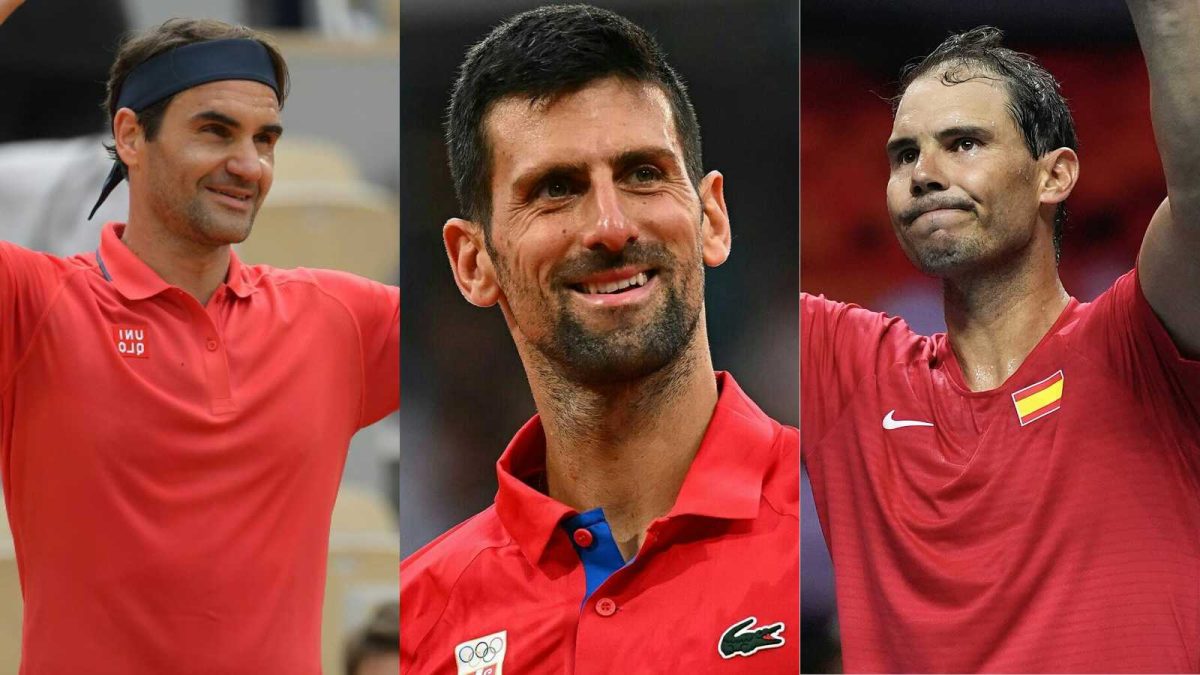
For instance, he once wrote, “Kosovo is the heart of Serbia. Stop the violence,” following his first round win at the French Open 2023, in response to ongoing tensions between the two countries. Djokovic’s father was born in Kosovo, and Djokovic has spoken often about spending time in Kosovo for holidays. However, the problem with his statement is better understood in light of Kosovo’s 2008 declaration of independence from Serbia, and though recognized as an independent sovereign state by over 100 members countries of the UN, Serbia continues to claim it as its own territory.
Last year, there was also some concern over the song – veseli se srpski rode – that the Serbian Davis Cup contingent that included Djokovic, chose for their entrance onto the court. He has also favored this song on multiple other occasions. Written by Serbian Orthodox Christian priest, Ivan Crnogorčević, and sung by his wife Danica Crnogorčević, the song was first sung to mark an Orthodox holiday that honors soldiers in the 14th century Battle of Kosovo who defeated Ottoman troops (hence the words, “Here are the graves of the glorious ancestors, which defended the world’s faith from the Turks”.) The song has also been termed as denying “Montenegrin statehood”, and promoting “Serbian borders in which both Montenegro and Kosovo are parts of its territory.”
Djokovic initially took the position that women players did not deserve the same pay as their male counterparts as they did not generate the same amount of income for the sport (through spectators). Although he has since completely reversed his position on this, he continues to be remembered for his initial stance.
Incidentally, Nadal has taken similar hardline positions with regard to Catalonian autonomy from Spain. In a very similar stance, he has said that he can’t “picture a Spain without Catalonia”, and has even gone on to say that Catalonia is better off remaining a part of Spain. He too believed that women players did not deserve equal pay if they did not generate the same interest and income as the male players (a stance he has never publicly rescinded).
Interestingly, Djokovic had to publicly apologize for his stance on the basis of the negative press it generated, while Nadal’s identical stance has been reported, as late as 2024, as being his “honest and strong” opinion!
Roger Federer, on the other hand, is famous for maintaining radio silence on most pressing issues including the ATP’s weak domestic abuse policy, and once controversially yelled at an Australian Open umpire, for repeatedly showing video replays of him scooping up a ball after a double bounce in his quarterfinal match against Andy Murray in 2014. Of course, he is not remembered for his pointed silence on most issues, nor for his raging tantrums on court.
However, a ‘controversy’ is headlined every time Djokovic smashes a racket, has a fiery response to heckling fans, takes a medical time-out or a bathroom break, and of course, for his stance on vaccination. Ironically, even a cursory search will reveal that Djokovic is by no means the only player to have done any of these things. Andy Murray, Nick Kyrgios and a host of others have smashed rackets spectacularly.
Nadal was famous for taking too long to serve (and incidentally, very rarely received time violations). Several players, including American Tennys Sandgren and French Pierre-Hugh Herbert, chose to remain unvaccinated during the pandemic. And yet, it was Djokovic who was consistently framed as the face of the ‘anti-vax movement’, despite repeatedly insisting that “I am not anti-vax, or pro-vax. I am pro the freedom to choose.”
The point here is that no player is beyond controversy. And despite this, reportage and representation of Djokovic in the media is often much more abusive than anything his two great rivals faced, a fact even John McEnroe was forced to admit in his interview with Clare Balding last Wimbledon. Neither Federer, nor Nadal, nor even himself at his worst, had to face anything near the kind of adversity that Djokovic routinely confronts, he said.
In response to Balding’s suggestion that Djokovic misread the crowd’s support for the opponent as disrespect of himself, McEnroe replied, “How about the other way…the crowd have gone too far?…Don’t you think there’s been at least, a hundred matches over the course of the last ten or fifteen years where Novak Djokovic has been disrespected?”
Zverev on some of the crowd booing Djokovic after retiring from Australian Open
— The Tennis Letter (@TheTennisLetter) January 24, 2025
“Please guys don’t boo a player when he goes out with injury. I know everyone paid for tickets.. but Novak has given everything of his life to the sport the last 20 years”
pic.twitter.com/faY33oKgk5
So the question is not whether or not Djokovic is the problem (he is and he isn’t, just like any other player); it is rather, why he is singled out in the way he is represented and perceived.
In a rather interesting article titled ‘Novak Djokovic and the hierarchy of whiteness’, Ahmed Sule writes, “There is a two-tier classification of whiteness in today’s world where the West (comprising the United States, Western Europe, white Australia, white Canada and white New Zealand) sits at the top, and those from Eastern Europe are relegated to the bottom.” Manuela Boatca terms the latter a Whiteness that is “less than”, in her book, The Eastern Margins of Empire, and Jozsef Borocz calls it “dirty” Whiteness.
As Kasia Narkowicz describes of her experiences as a Polish immigrant in Sweden, even despite her “fragile” and shifting Whiteness, which nonetheless held the “promise of assimilation to Swedish whiteness”, she was treated relatively better than those from further east, including Serbia, who were “altogether far off from what could be comfortably embraced by European whiteness”, and who were often spoken of as “less civilized, less clean, and more criminal”.
Situated as such a view is within the complex quagmire of geopolitical and market forces, the often baffling tenor of a majority of the reportage on Djokovic (that predominantly comes from news portals and commentators from the elite white powerhouses of tennis) becomes much easier to comprehend.
Tennis elitism, and the burden of bias
Dehumanizing terms like “cold”, “soulless”, “mechanical”, “robotic” have been frequently used to refer to Djokovic’s game style. Even if one were to assume these are merely unimaginative opinions on his tennis, often such dehumanization extends to him as a person off the court as well. An article in the Atlantic in 2024 referred to him as a “malevolent imp”, and he is frequently branded the great villain or “bad boy” of tennis.
Most recently, during this year’s Australian Open, a ‘body language expert’, Louise Mahler, a commentator for the Australian television network, Channel Seven, said on air, following her liberal praise for Alex de Minaur’s hard work and will to keep smiling in his efforts to win a home slam, “Then you’ve got Djokovic… he reminds me of one of the evil characters in James Bond. He’s tall, he’s Slavic, he has all the awards behind him…”.
Mahler’s statements, although difficult to read, are reflective of much of the xenophobic bias that underlies reportage on Djokovic. As in the case of Mahler, most such statements do not get called out, therefore offering such sentiments and their unapologetic public/live expressions, passive sanction and the assurance of remaining unquestioned. Attempts to villainize Djokovic are also frequently accompanied by attempts to undermine his legacy among the tennis greats. While most such reports grudgingly acknowledge his skill as a great tennis player, they simultaneously trivialize his skill by calling him unwatchable, boring, and even unbearable.
Consider for instance a recent article by Samuel Clench titled “Novak Djokovic is the opposite of a religious experience”, that appeared on popular news portal, News Australia, on January 22nd, three days after Channel Nine (the official Australian Open broadcaster) and Tony Jones, their on-air reporter, were forced to issue an apology for insulting and mocking Djokovic, and Serbian fans, (including a vicious call to “kick him out”, which Jones claimed was harmless ‘banter’).
Just imagine if Novak Djokovic had won a Slam after failing two doping tests. The media would be relentless.
— Puneet (@TennisPuneet) January 26, 2025
They don’t even forgive him a real injury.
How are they fawning over Jannik?
I find this so difficult to understand.
The article, which is a play on the 2006 New York Times article, ‘Roger Federer as (a) Religious Experience’, compares the experience of watching Djokovic to the unloading of a dishwasher, and terms those who might appreciate his style of play “those of questionable taste.”
It goes even further to write – “In the fading years of a great’s career, we would normally hope for more time, dreading the inevitable retirement. We’d want him to defy age and stave off the end a little longer. Quite the opposite, here. We’re a bit done with Djokovic, aren’t we? And when he does leave, yielding the court to younger and more intriguing stars, the sport will be richer for it.”
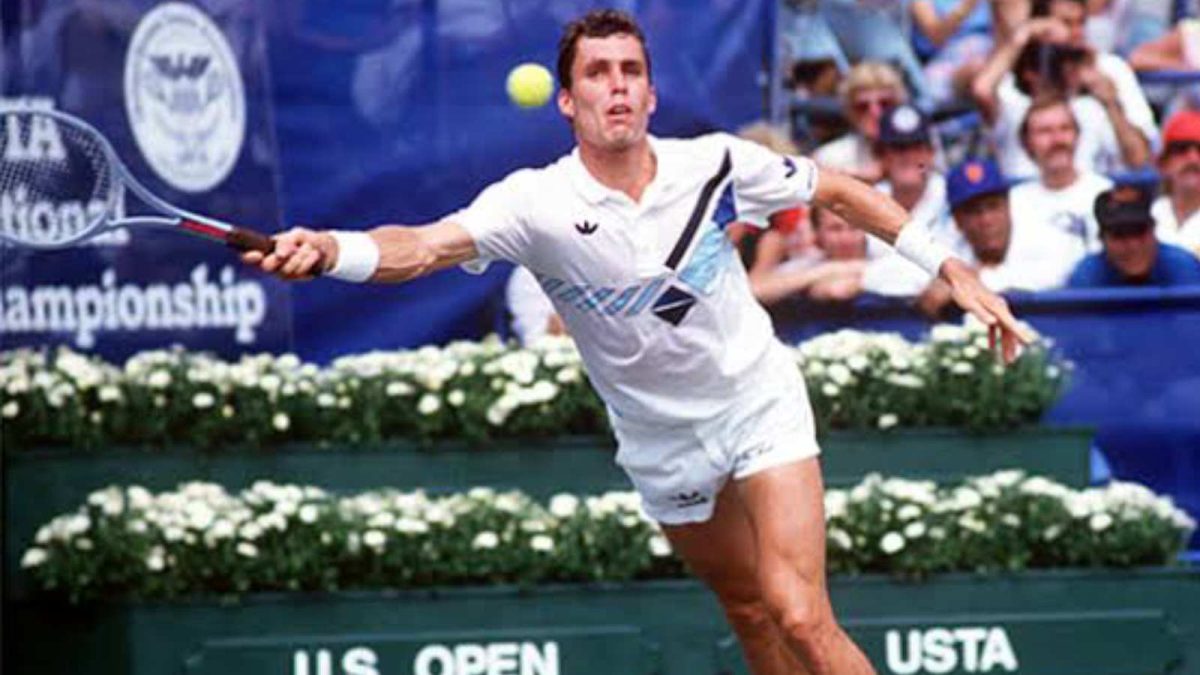
Djokovic is by no means the only player to have encountered such ludicrously discriminatory media coverage, although he is perhaps its latest and best known subject. Ivan Lendl, another legendary Czech player, and eight time Grand Slam champion, encountered much the same treatment from the elite Western tennis world. Sports Illustrated, in a case of eerie deja-vu, featured Lendl on its cover page in 1986, with the headline, “The Champion that Nobody Cares About.”
Djokovic, like others from his part of the world, occupies the literal and figurative fringes of European Whiteness – European, but only just; White, but not White enough. Djokovic’s entry and success in the most elite tennis arenas is therefore as much a challenge to the elite White hegemony of tennis, as it is a feat of sporting ability. It could not be clearer that to the elite, “pure” White tennis guardians, Djokovic is the “dirty” white usurper of tennis, hailing from the threatening backyard of the globalized White world, Serbia.
Xenophobic discrimination, like racism, has become a common fixture in tennis commentary and is far more normalized than most broadcasters, reporters and pundits would care to admit. In fact, it is so deeply entrenched in popular tropes that it requires careful dissection to recognize the unchanged, discriminatory skeleton of tennis, and for the most part, its elite White gatekeepers.
The question before the tennis ecosystem is not when, but whether, it is ready at all to allow for diversity, not only with regard to player representation but also within its fundamental, colonially laden structure and organization. Can the tennis ecosystem free itself from the nauseating elitism that it does, and has always represented?

